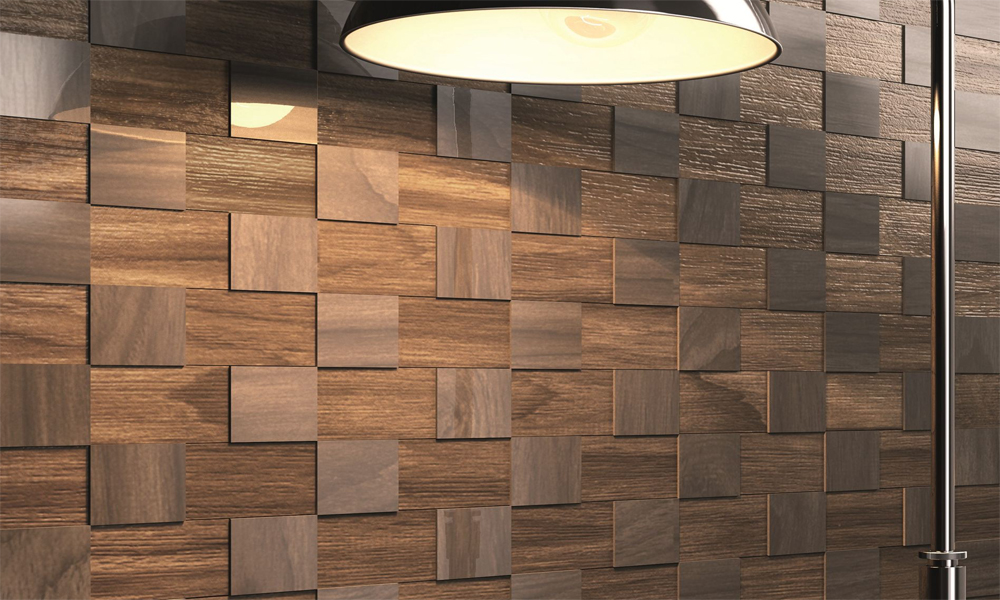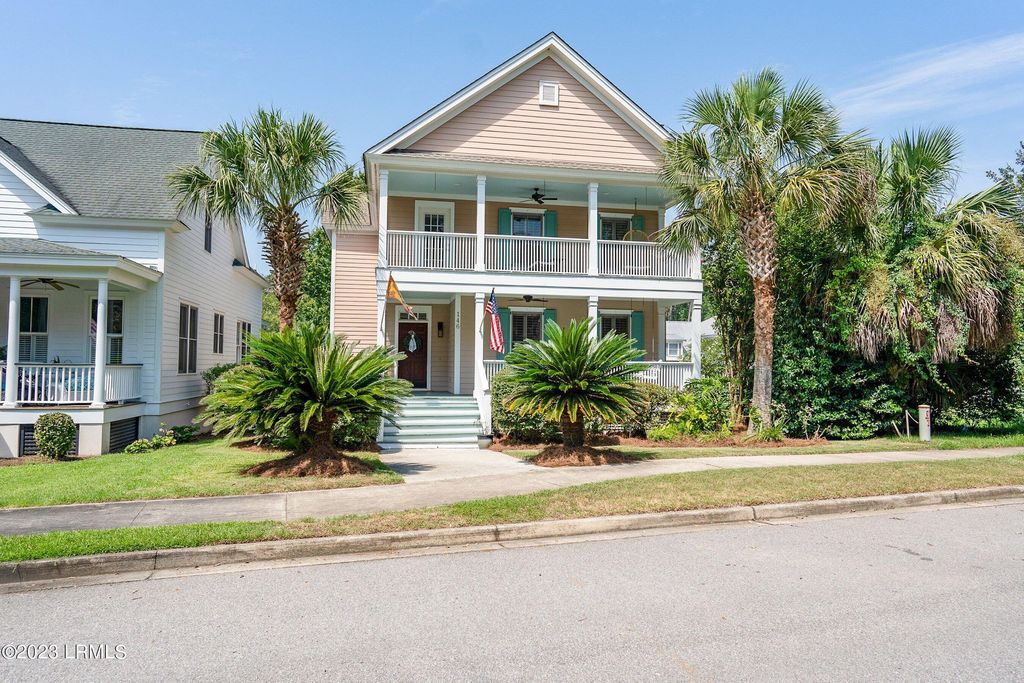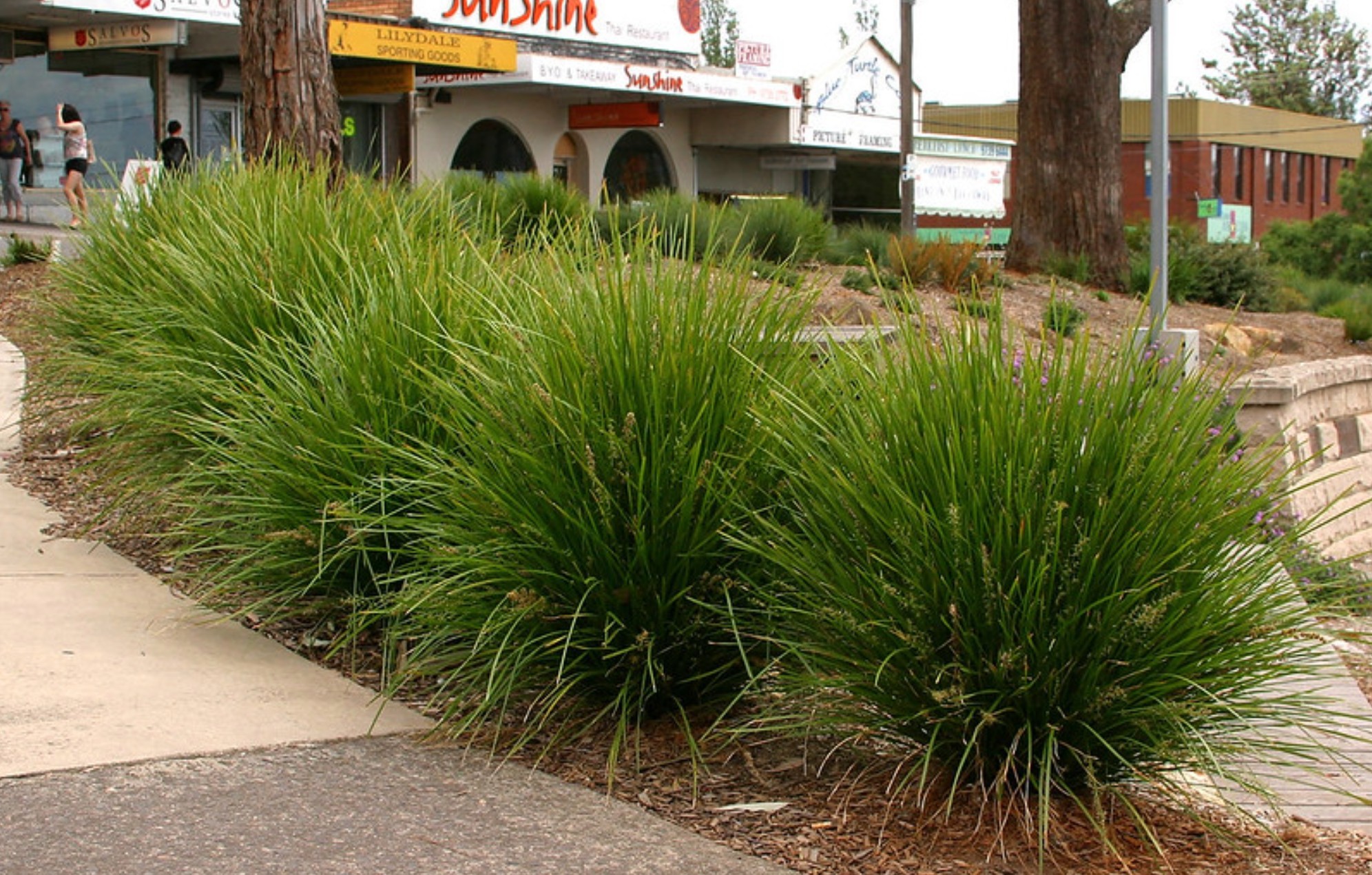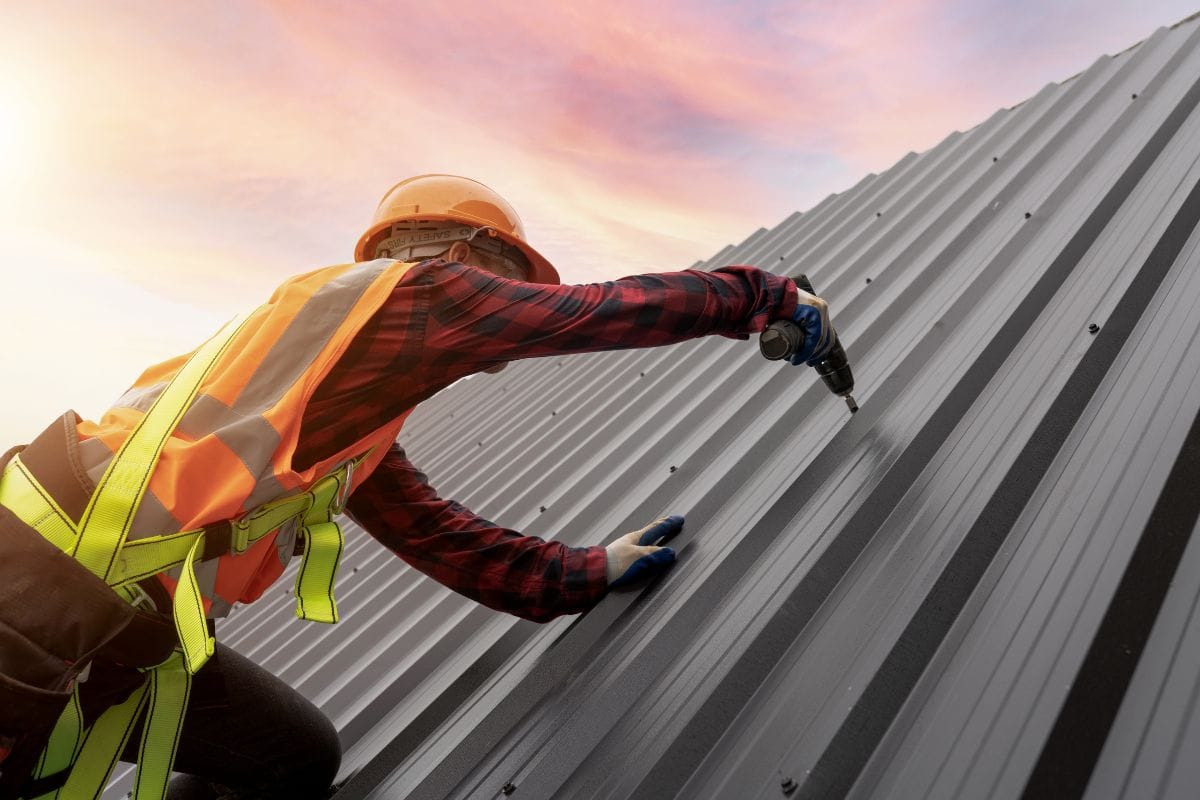Explaining The Significance Of Wall Cladding Along With Its Types
Wall Cladding – a process of simply layering one material over another to create a skin layer over the walls. The main purpose of cladding is to offer great protection to the walls from being damaged by water or other elements. Used both in the exterior (applying a material) and interior (wallpapers) of a building, wall cladding comes in a variety of materials, dimensions, and textures to choose from.
In this guide, we’ll first discuss the benefits of wall cladding before exploring its types in detail. So, let’s get started.
Benefits Of Wall Cladding
Cladding acts as a barrier and prevents the walls from harmful elements. Some of its great features are:
- Helps in enhancing the mechanical strength of s structure.
- Protects the walls from air and chemical pollution.
- Wall cladding also serves decorative purposes
- It helps in improving the resistance to cracking when the temperature is high.
- Wall cladding not only provides aesthetics but also protects the underlying structure.
- It offers good acoustics for sound absorption and insulation.
6 Most Common Types Of Wall Cladding
Several types of wall cladding materials have evolved with the advances in technology, each with a unique set of features. Let us discuss each cladding type in detail to help you make the right decision.
- Natural Stone Cladding
The cost of natural stone cladding depends on the stone type you choose such as granites, slates, quartzites, limestones, marble, and sandstones. The cost also depends on the size and shape required. Overall, stone cladding gives your building a feeling of warmth. It can easily be installed over a steel or concrete surface.
- Vinyl Cladding
Vinyl cladding is one of the cheapest types and comes in a huge range of colors. Vinyl panels come with an additional layer of insulation, keeping the building cool in the summer and warm in the winter. Furthermore, vinyl cladding does not require re-painting and is known to be flake-proof and dent-resistant.
- Wood Cladding
Wood wall cladding is considered one of the most traditional and aesthetically pleasing of all the types mentioned out there. Wood panels can easily be installed in any direction be it horizontal, vertical, or diagonal. It is durable and also a good insulator. If you want to add a decorative finish to your building, wood cladding is what you should consider.
- Aluminum Cladding
Unlike other metals, the benefits of aluminum wall cladding are outstanding. One of the primary reasons for choosing aluminum as a wall cladding material is that it will last for decades. Being recyclable, aluminum won’t lose its quality over time.
- Brick Cladding
Brick cladding protects the wall from all the elements it may be exposed to. One thing that is more exciting about brick wall cladding is that it will not rot, crack, or damage with time. The thermal insulating and natural density features of brick cladding reduce the energy consumption rates, giving a moderate temperature to a building.
- Glass Cladding
Glass wall cladding is a cost-effective alternative to painting, tiling, and other forms of decoration. Glass cladding also comes in different options such as laminated, tempered, curved, enameled, and specially treated glass. Each type has a different appearance and performance.
Among all these types of wall cladding available, you can choose the one that fits your needs the best.


















